Here are some pics I snapped during my visit.
|
On Friday, I had the pleasure of visiting the UC Davis campus for a reason quite unrelated to plants. (But then, for a succ-er, nothing is ever totally unrelated to plants, is it?) In addition to visiting the fabulous botanical conservatory there (which will likely be the subject of my next post), I meandered around campus a bit, where I found succulents at every turn! Some were labeled and clearly well-maintained. Others were just hanging out, like, "Yeah, I'm an agave victoria reginae, or horrida, or whatever, but let's not make a big deal of it." Here are some pics I snapped during my visit. The campus landscaping is actually kind of an interesting mix of planned landscaping and haphazard/natural landscaping, which made me wonder if different people are responsible for different areas of campus. Either way, the result is cool.
7 Comments
Last August, I did a little post about guerilla gardening--that is, planting plants on public or pseudo-public property. Many of my guerilla gardening attempts failed--frost killed off my haworthias in front of the post office, and overaggressive pedestrians demolished the crassulas I stuck into a planter bed. But one of my efforts paid off particularly well. I hadn't thought about this little echeveria for some time, but I remembered it today and dropped by. On the left is a photo from the day I planted it last August. On the right is a photo I took today. Doesn't it look happy? Seeing the pictures side by side totally made my day: For good measure, here's a closer-up shot:
Fall has descended on Northern California, and recently we had the rain to prove it. Although this marks the inception of my annual worry that my succulents are going to get too much water outside (which precedes my annual worry that my succulents will freeze, or else get terribly leggy indoors), I have to admit that they look absolutely gorgeous after a rain. Here are some of my favorites:  Yesterday I received the following email from a fellow succ-er, and thought I'd share the Q&A. Q: I'm an avid follower of your blog, and like you, I love succulents. But I need a little help! I have only just been getting into propagating from cuttings and leaf cuttings. I have managed to grow some Graptoveria 'Fred Ives' leaf cuttings by laying on soil, out of direct sunlight. They have grown new plants and have roots, but I don't know when to pot them? Every time I have done this in the past - they have shriveled up and died. What do I do with the mother leaf as well? [Photo at right.] 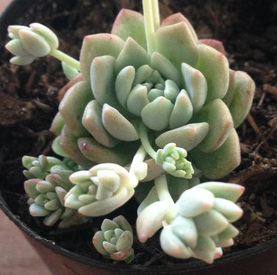 My Aunt also gave me a cutting from a very cute succulent - I think it may be some sort of sedum variety. Do you know the name of this plant? And with the offshoots, am I able to cut and replant? Or just let it keep growing? One other quick question (if you don't mind) I have a Perle Von Nurnberg echeveria that has several 'runners' am I able to propagate from this plant? And if so, what is the best way? 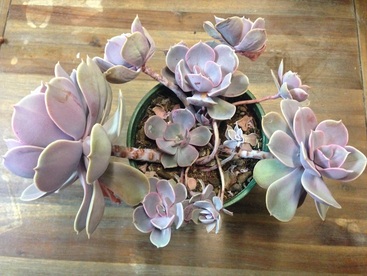 A: I am happy to help! First, the Fred Ives leaves. My guess is that when you have planted them in the past, you might not have watered them enough. I find that people (myself included) tend to under water young plants. The pictures you showed me seem like they are at a great stage to plant in their own pots. For now, I would continue to keep them out of direct sunlight. Since you have so many, and since they look so healthy, it might be cool to try a little experiment — having slightly different conditions for each one. Example, you might have one in more light than another, or use a higher perlite-to-soil ratio in one than another. If you do this, I'd love to know the results! As far as the mother leaf, I used to pick off the mother leaf as soon as I could get it to come off. I am convinced that this was not the healthiest thing for my plants, though, because sometimes the young plants' growth seemed to wane once the mother leaf was removed. Now I leave the mother leaf on until it is shriveled and brown and breaks off with a light touch. This way, I can be sure that it is done passing its nutrients along to its baby. I think you are correct that your aunt's mystery plant is a sedum — and good for you, because I think a lot of people would have mistaken it for an echeveria! Sedum clavatum is my guess. Finally, you're quite right that the rosettes (the rosettes only, though — be sure not to mistake flower buds for rosette runners, which is something I've done in the past) can be used to start new plants. Your Perle von Nurnberg looks great! To start a new plant with a rosette, cut the rosette from the mother plant, leaving about half a centimeter of stem on the rosette. Allow the rosette to dry in the open for a few days, or you can plant it in (completely dry, not-too-compact) soil, which is what I usually do. Basically, you treat the rosette much as you'd treat a leaf from which you're hoping to propagate a new plant (as you did with the Fred Ives). Before long, the rosette will start to sprout roots. At that point, plant it if you haven't already. To avoid rot, let it sit in the soil for at least a few days before watering it. Best of all, you'll see that the mother plant will begin to create new rosettes where you trimmed off the old one! I usually cut the empty stems back so that they're only an inch or so long, simply because long empty stems can make a plant look kind of scraggly and weak. Awesome job--let me know if you have any questions, and keep me up on how the propagation goes. It's quite addictive, isn't it?? |
|
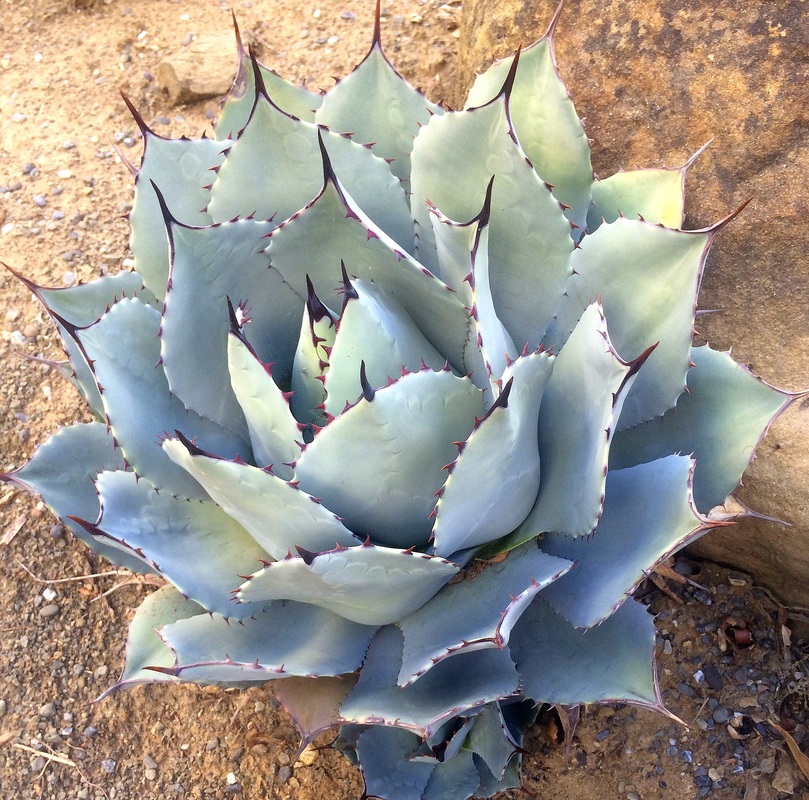
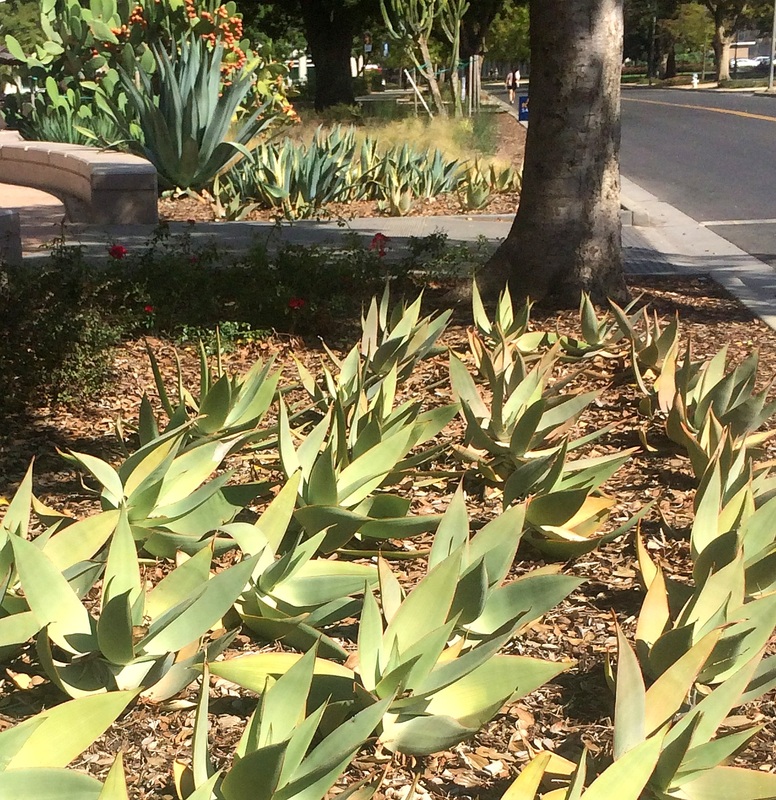
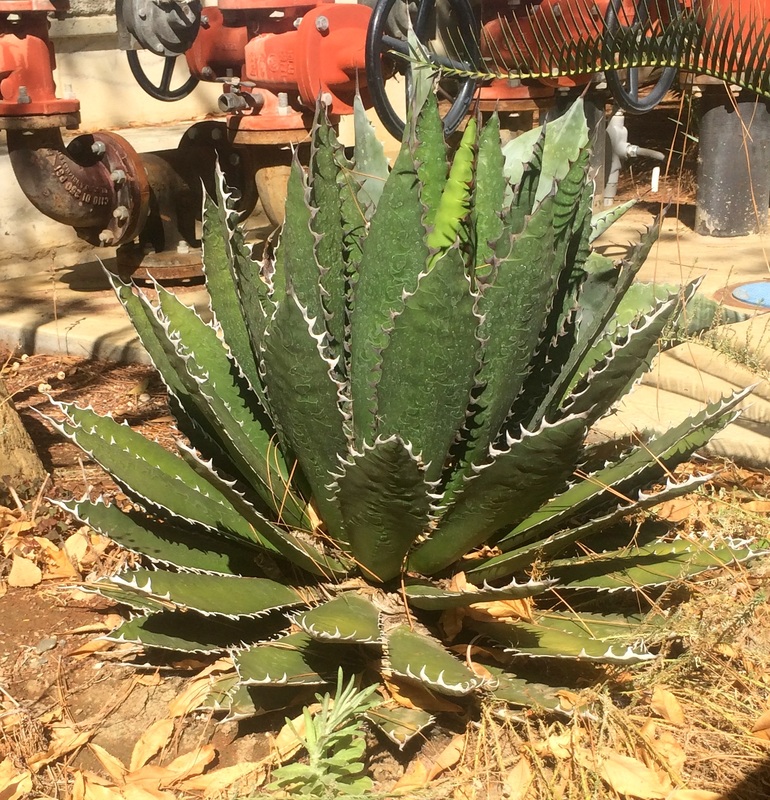
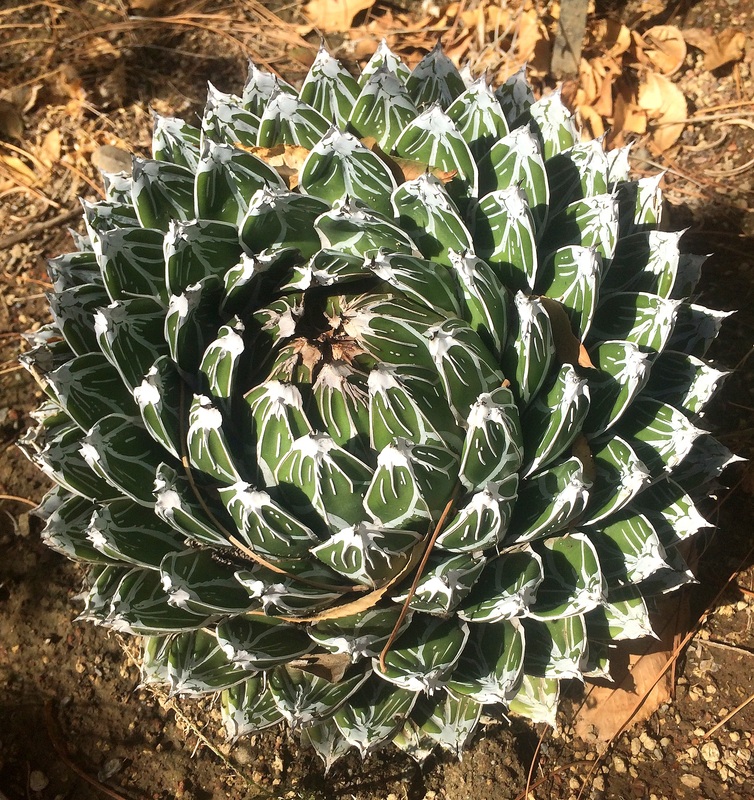
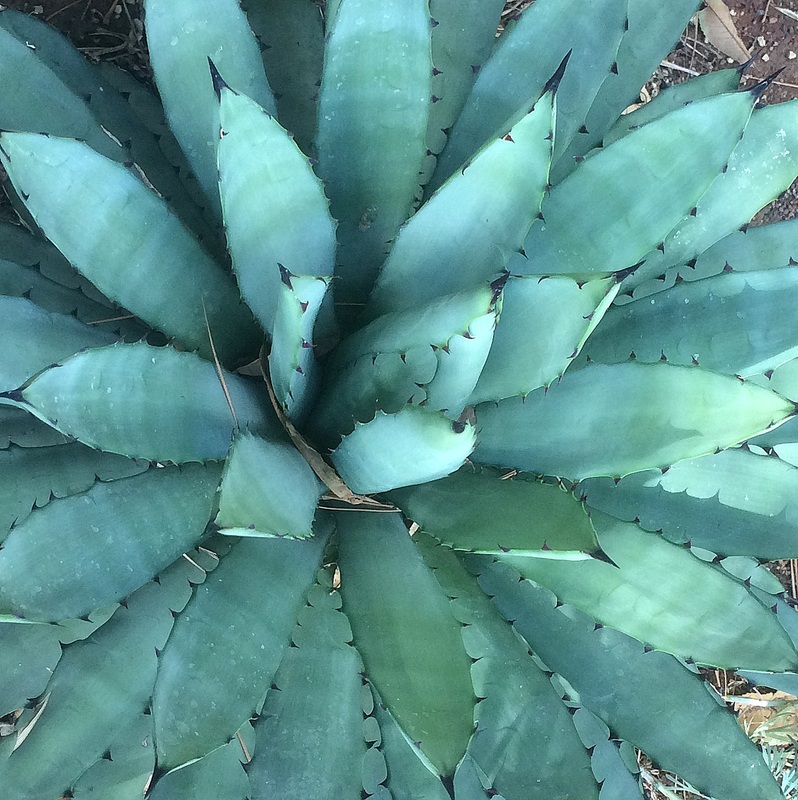
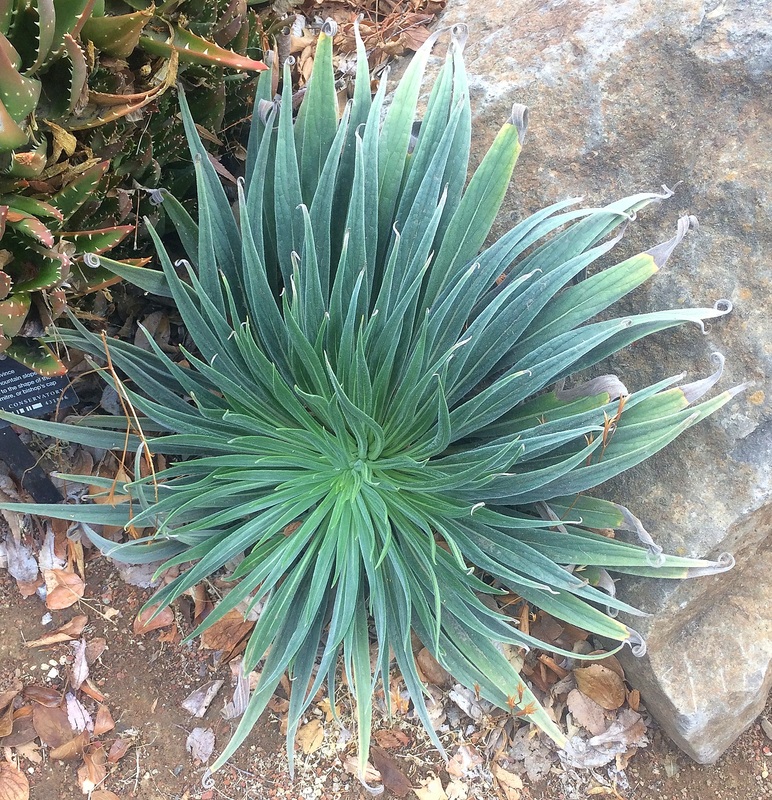
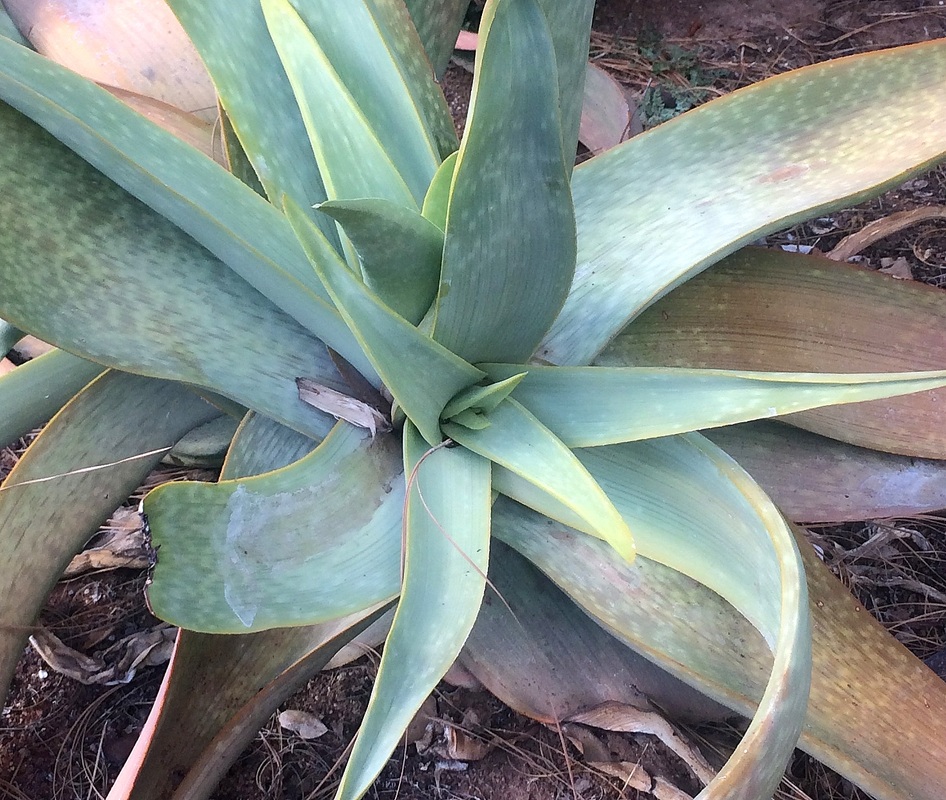
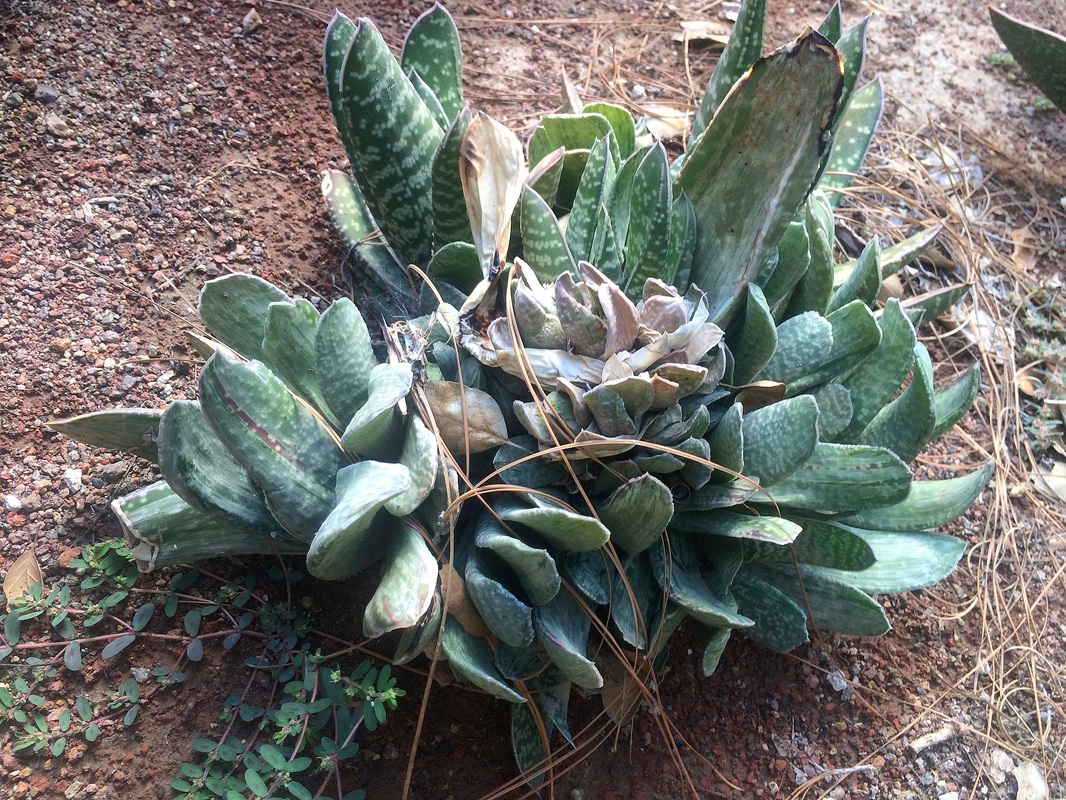
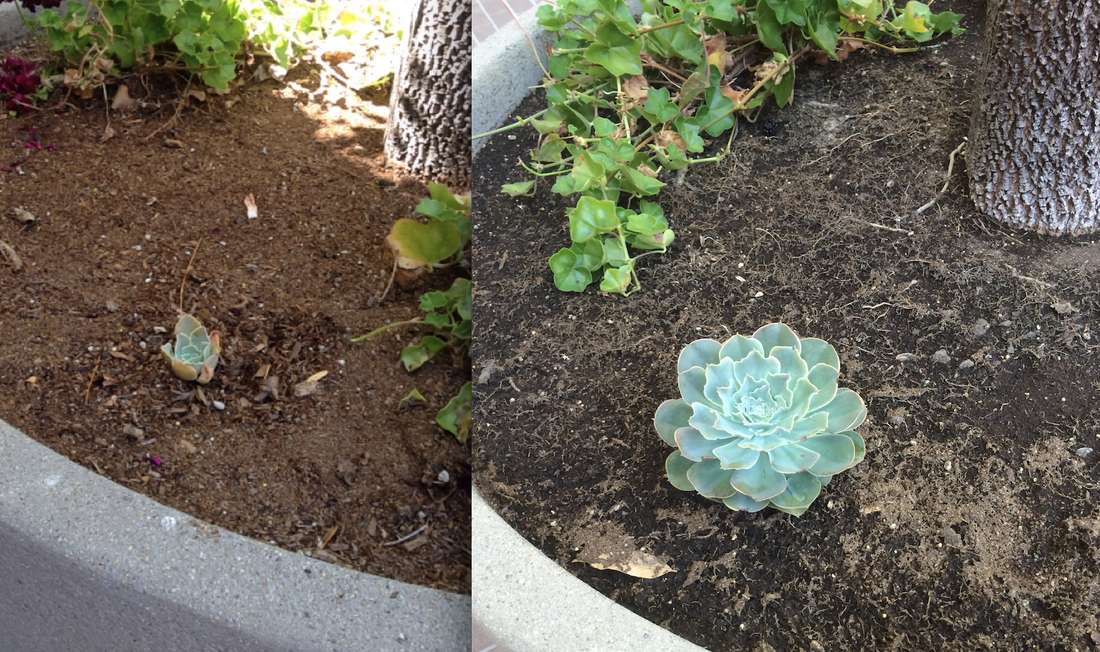
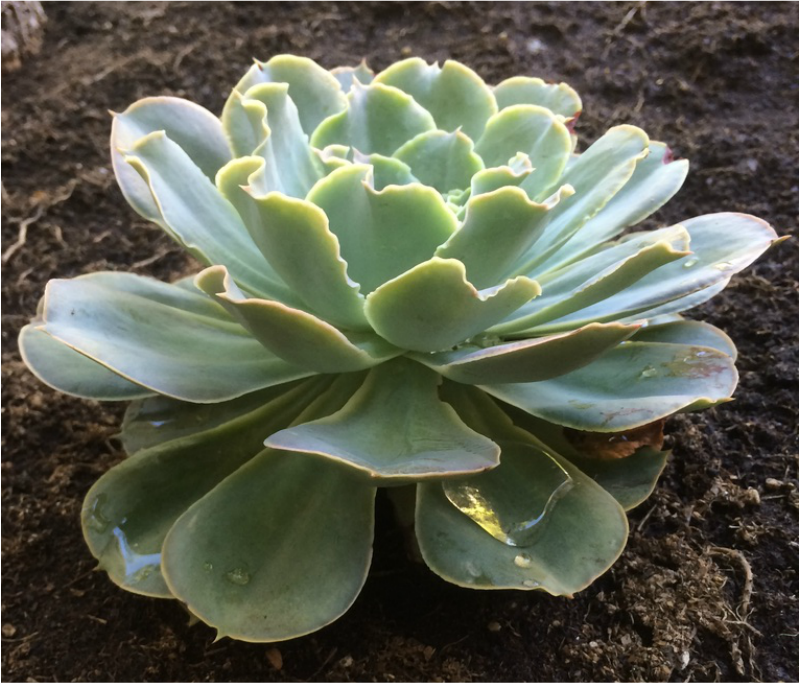
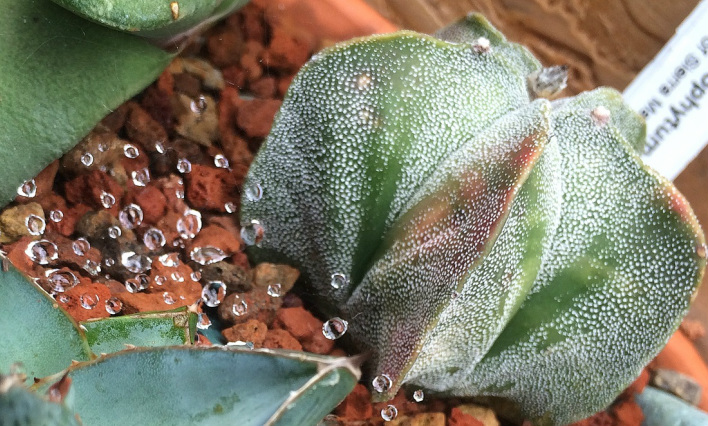
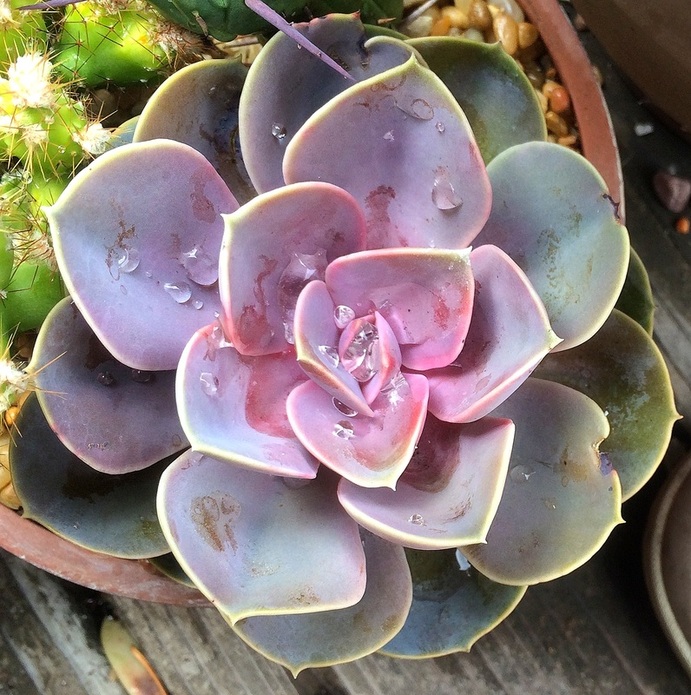
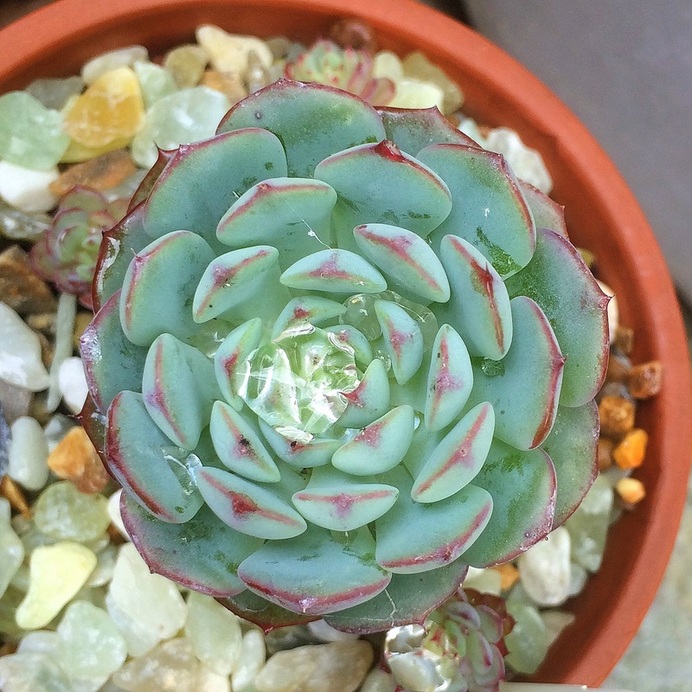
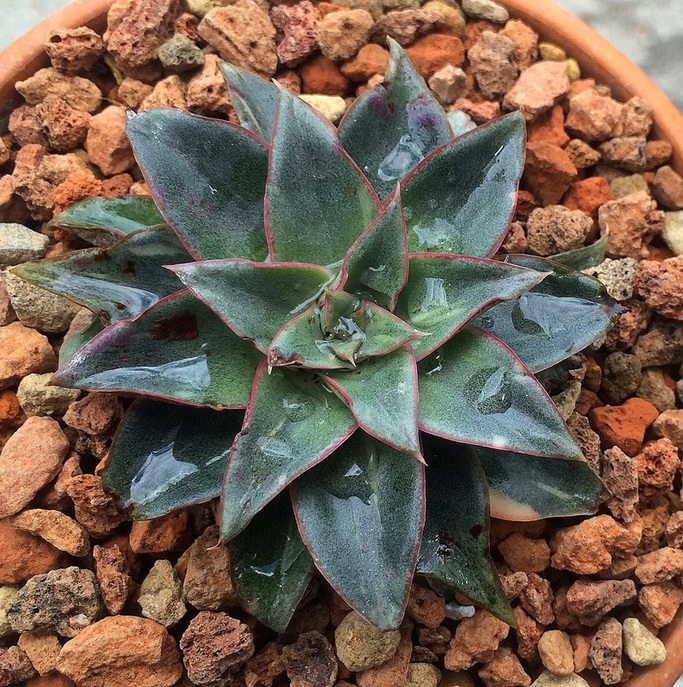
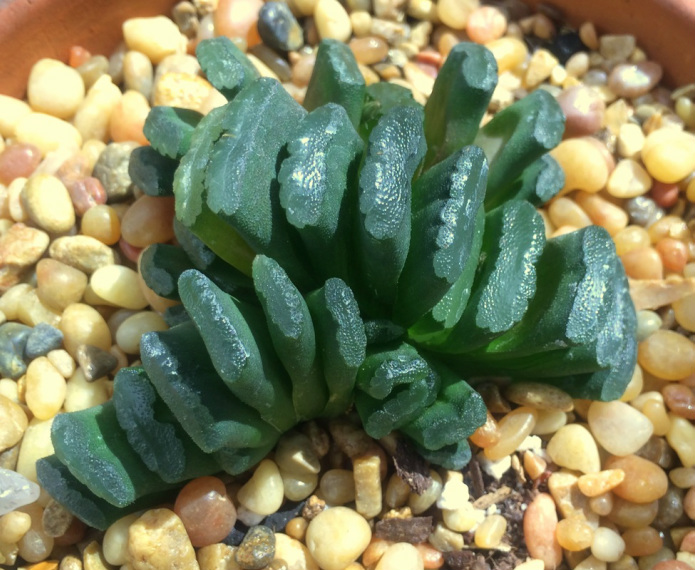
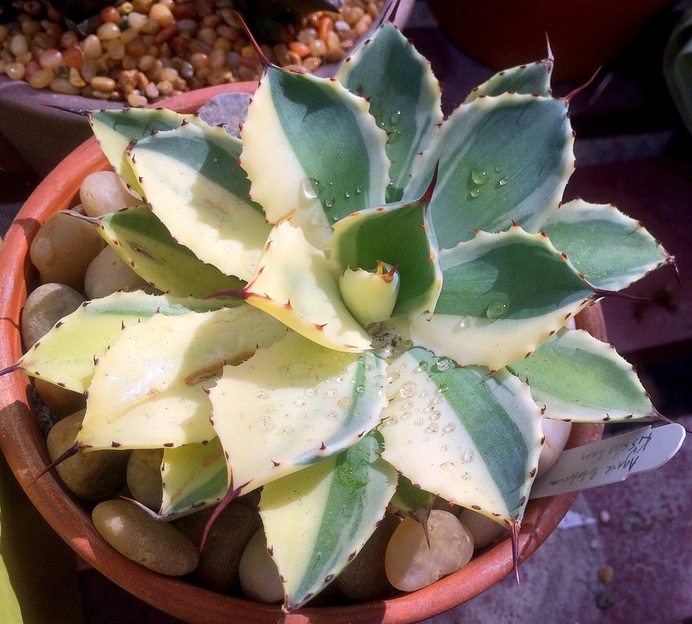
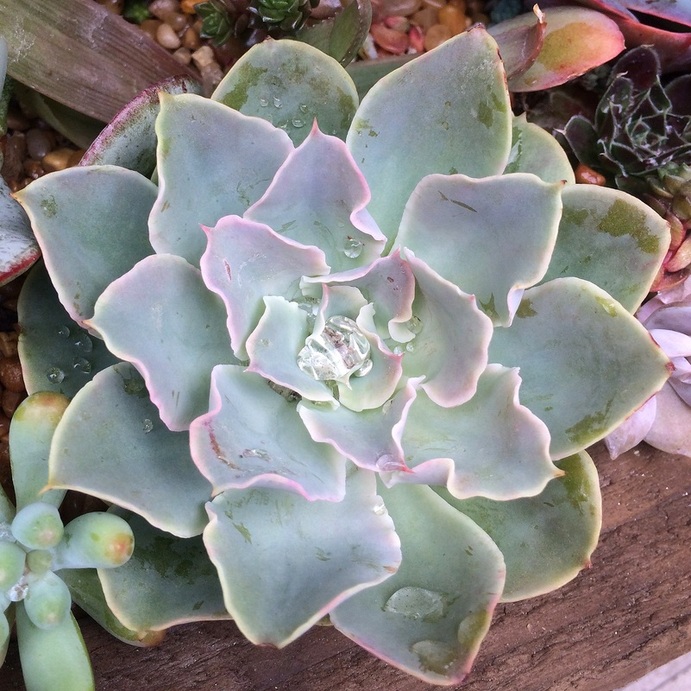
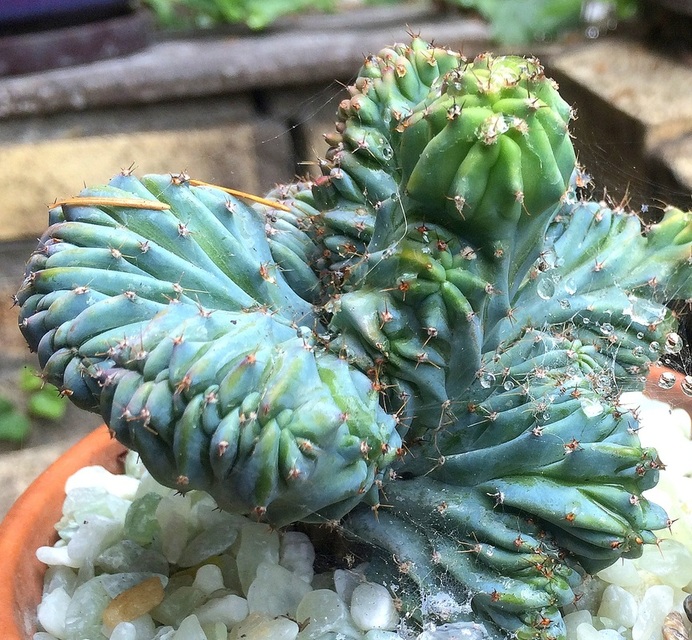
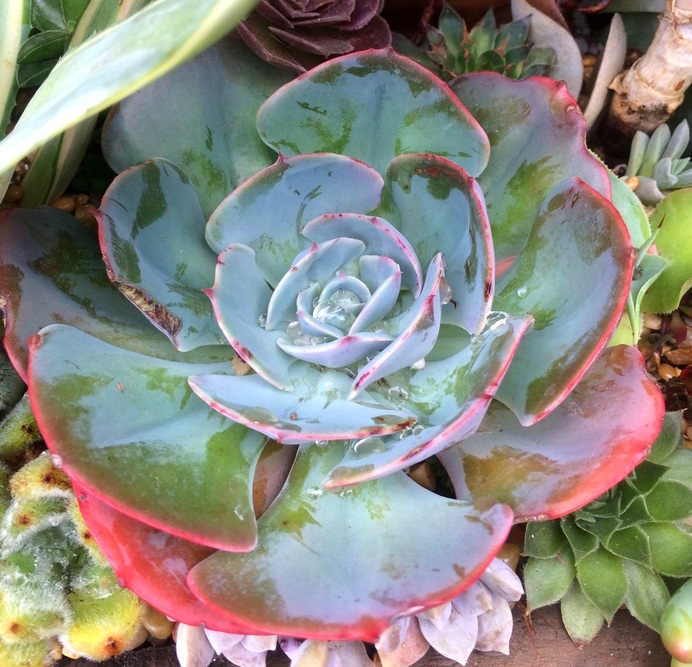
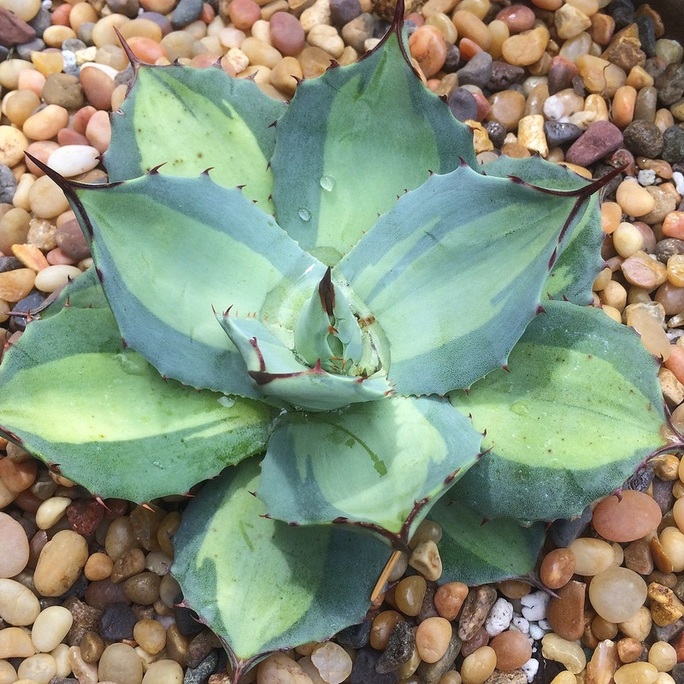
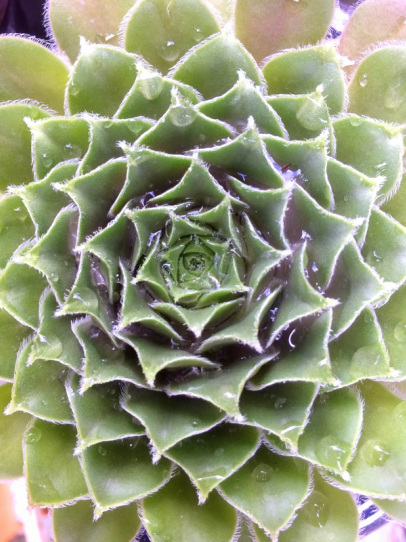
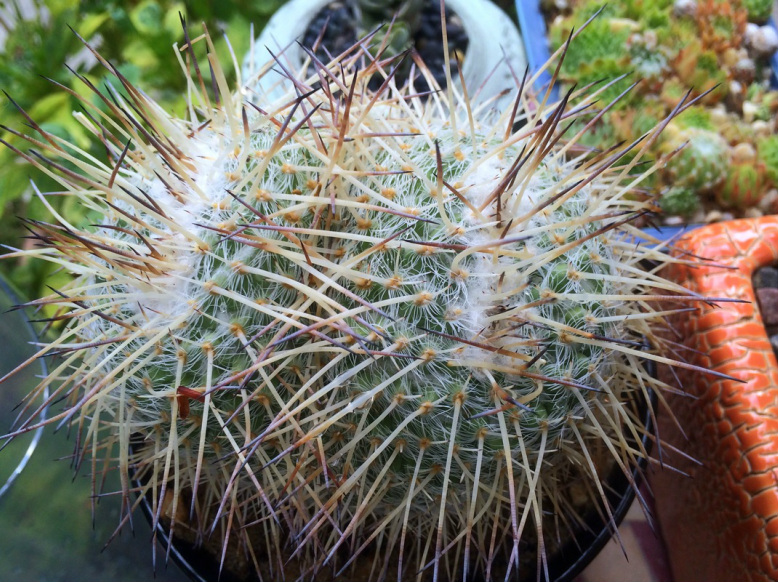
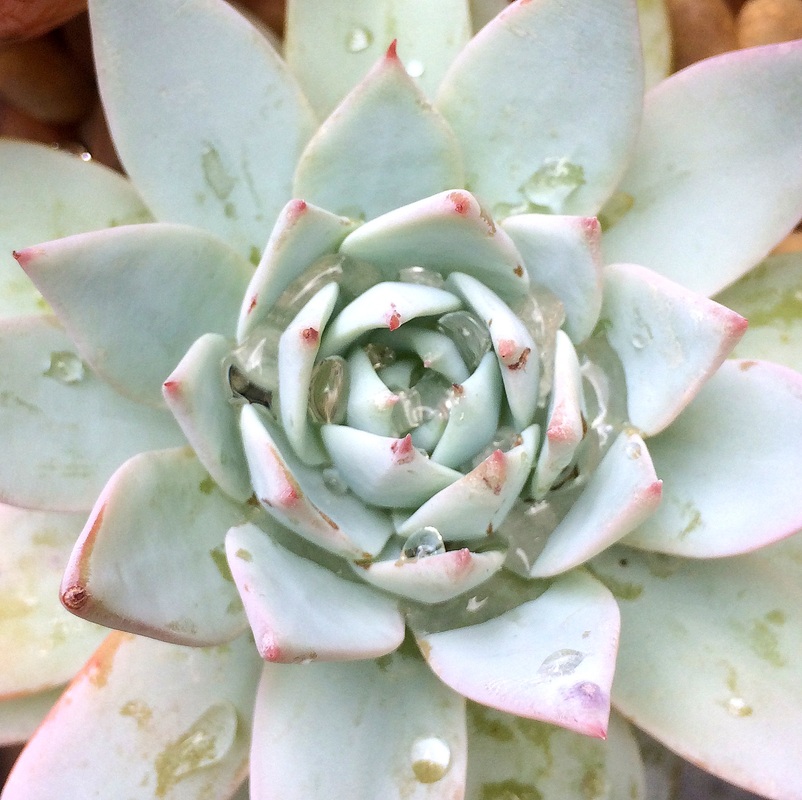
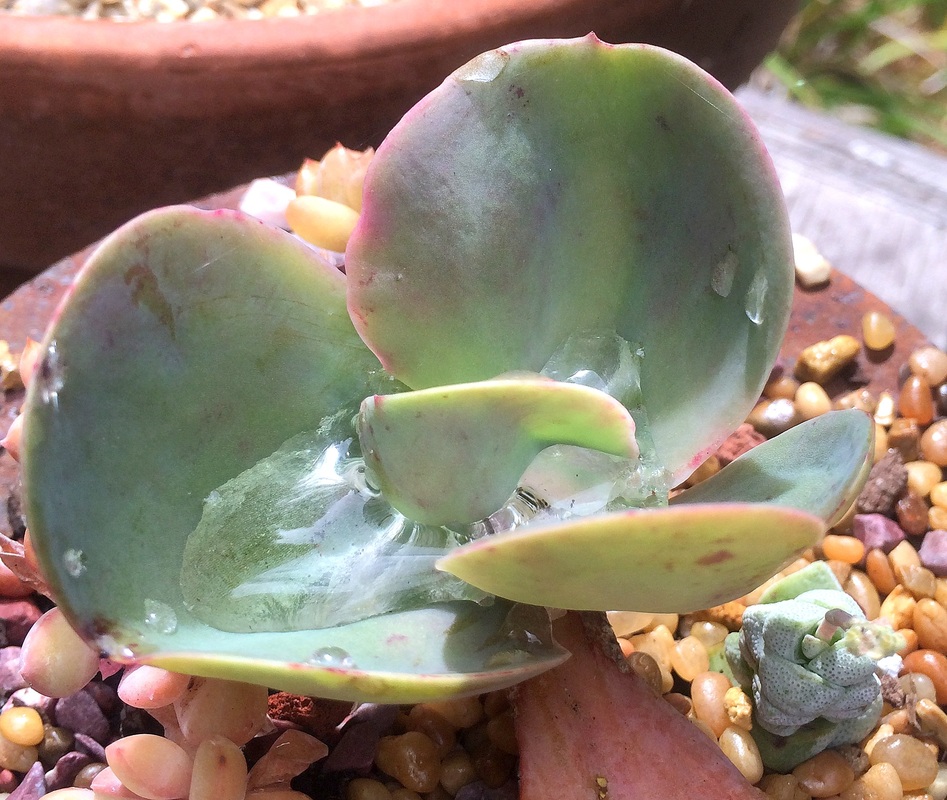
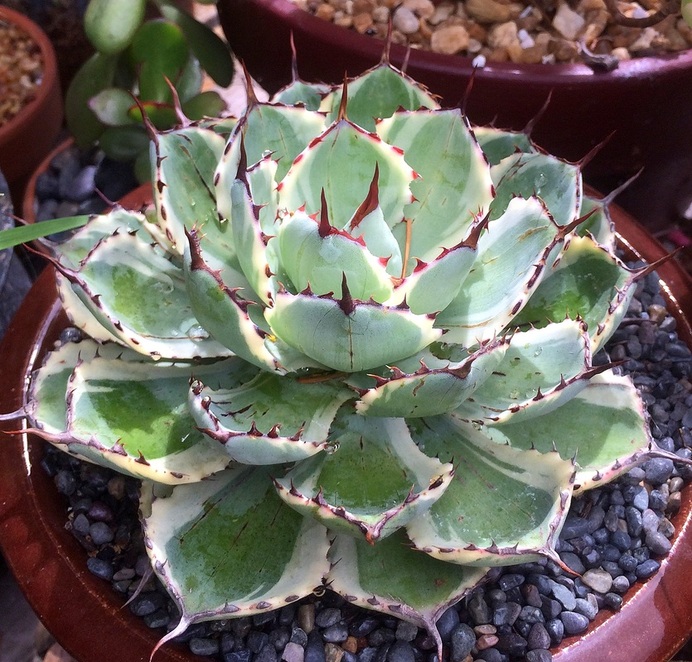
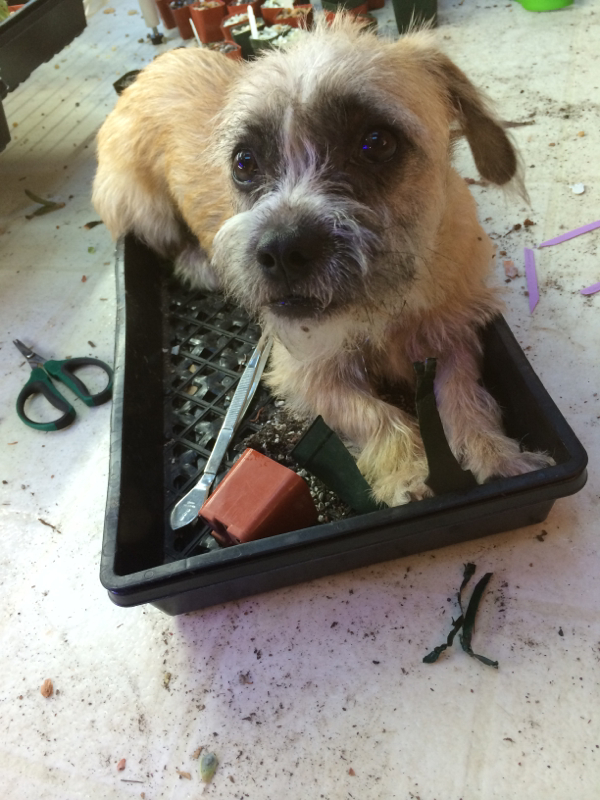


 RSS Feed
RSS Feed